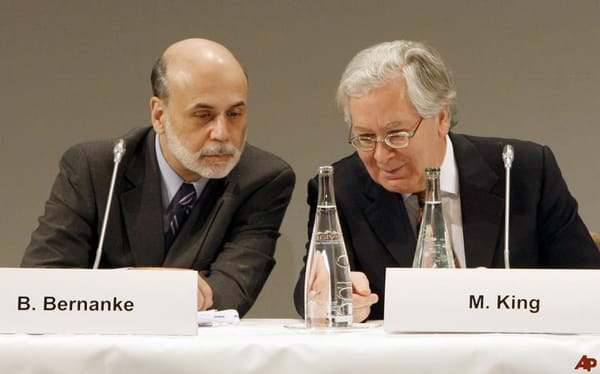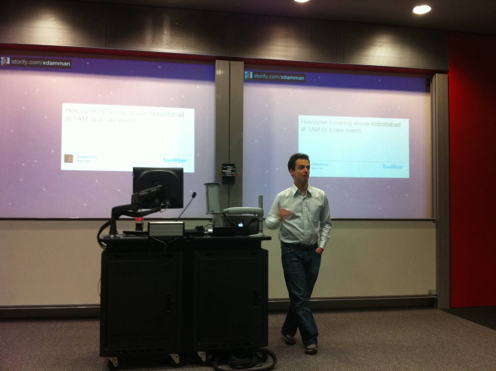The launch of the QE2
Could the Bank of England be pressing forward with more Quantitative Easing?

If central banks could instigate growth by simply printing more money, they would have done so a long time ago. A recent Bank of England (BoE) research report attests to the theory that cash injections are inflationary: while the Quantitative Easing (QE) package of £200bn had an initial macroeconomic impact of 1.5-2%, it was quickly followed by an increase in Consumer Price Index (CPI, the key index for inflation) of about 1.5%. Inflation may help reduce unemployment according to Keynesian doctrine, but it will not benefit the underlying economy in the long term.
So why would the BoE, with the benefit of hindsight in these statistics on the first QE program, still press forward with a second round of Quantitative Easing “QE2”, creating £75bn of electronic money with which to buy gilt (UK government bonds)?
For one thing, the negative effect of the first QE package - inflation - appears to be far smaller than what would be expected: although the BoE had injected the capital equivalent of 14% of the Gross Domestic Product (GDP) into the economy, inflation accounted for by the QE so far has maxed at 1.5% - small in comparison to the money injected.
Besides, since reaching its peak in January 2010, the growth of the broad money aggregate M4 (an estimate of the entire supply of money within an economy) has been stagnant; it has even declined. Given the velocity of circulation of money went unchanged, this suggests that the country may soon be facing deflationary pressures instead of an inflationary ones. In the face of deflation QE might not be so bad an idea after all.
Secondly, whether originally intended or not, QE2 will buy more time for the coalition government - for George Osborne’s fiscal consolidation plan and austerity measures to begin to work. Despite the coalition government’s freezing of spending, cutting of civil servant jobs, and reducing of social welfare payments, the UK economy, as measured by GDP, has grown slower than expected. This will hurt the growth of tax revenue, and delay Osborne’s timetable for deficit reduction. QE2 can help here in two ways: by creating a positive impact on GDP growth in short time horizon, and by helping to inflate the economy, thus reducing the cost of any tax reductions implemented. Additionally, by lowering the yield on 10-year government bonds through QE2, the BoE will manage to reduce the borrowing cost for the coalition government, at a time when interest payment for government debt already accounts for 7% of the budget expenditure.
Whatever the problems with QE it would therefore seem that unless more public sector jobs are to be shed, significant reductions to the funding for schools and hospitals are made, or support cut off for those reliant on public pension schemes and social benefits, the burden caused by repayments must be shared. In launching the QE2 the BoE is simply making this decision for us.









